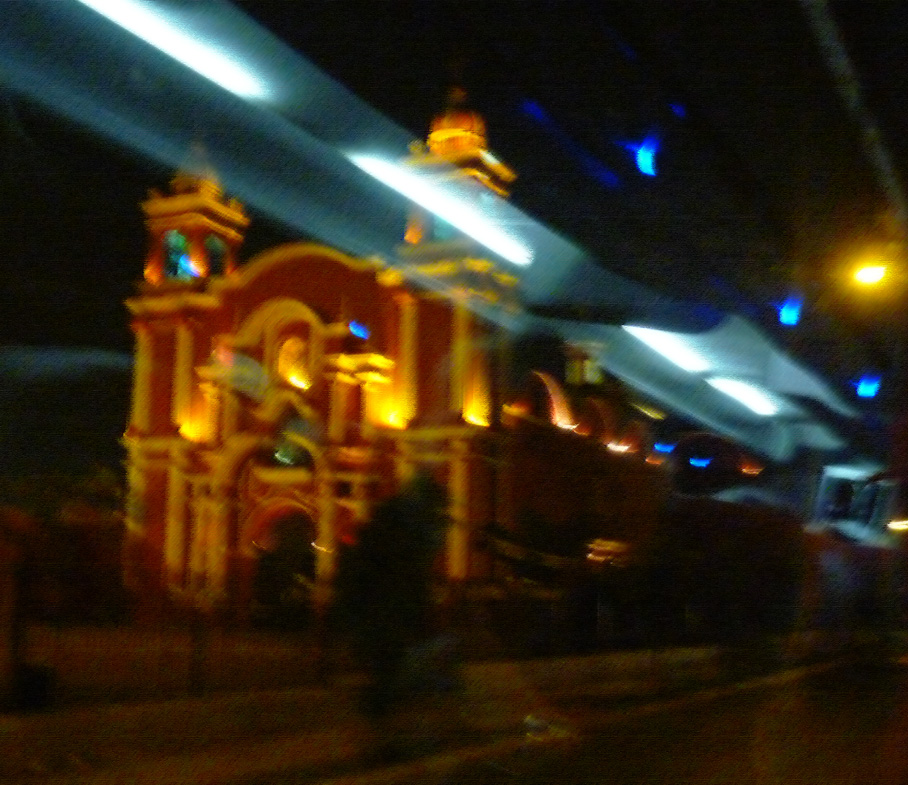Samain Moon of the Winter Solstice
Jon sent these two links. Wish I’d had’em when I owned that farm up near Nevis, Minnesota. I might still be up there, motoring around on some of these very clever inventions. They show what an ingenious mind can do when rethinking what appear to be over and done with ideas.
http://opensourceecology.org/
http://www.ted.com/talks/lang/en/marcin_jakubowski.html
Makes me wonder what other ideas need a complete rethink. Computers have followed a pretty standard architecture up to now, one based on a central processing unit. I read an article in Scientific American last week about a neural computer which, in essence, gives each unit of a computer a cpu, allowing for massively parallel processing as an integral part of the design. It’s modeled on, but not attempting to replicate, the human brain.
How about housing? Cars? Or, my personal quest and long time obsession, religion? The family? Electrical generation? I’m interested in distributed generation where a cul de sac or an apartment building or a couple of blocks city residential units might get their electricity from, say, a combination of wind, solar and geo-thermal units sited in their immediate vicinity.
Here’s another one that could use a complete overhaul, reimagining: nations. The nation state is a relatively new phenomenon, most experts date its rise somewhere around 1800, perhaps a hundred years earlier in the instance of Portugal and the Netherlands. In the wake of the globalization of economic life national boundaries have much different meanings that they did, say, 50 years ago.
Let’s go back to religion for a second. Over the last several years, 23 to be exact, I’ve wrestled with the hole left by Christianity in my life and sought to fill it through what I call a tactile spirituality, one wedded to the rhythms of the seasons, of flowers and vegetables, of bees. This direction took its initial impetus from an immersion in Celtic lore while I sifted for writing topics.
Then, I began to follow the Great Wheel of the seasons, a Celtic sacred calendar focused on 8 seasons, rather than four. That led me to integrate gardening with my sacred calendar. In the wake of these two changes in my life, I began to see the vegetative and wild natural world as more than tools for food or leisure, rather I began to see that they were my home, that I lived with them and in them, rather than having them as adjuncts to my anthropocentric life.
This whole change, this rethink of what sacred and holy mean, what the locus of my spirituality is and where it is, has had a long maturation, much thought and experimentation. My hope is that my reimagining might provide a common religious base, a sort of ur-religion, which all humans everywhere can embrace.
As in times past this base religion could certainly have others layered on top of it, its essence after all is to be non-exclusive. What I hope further is that reasserting, inviting, even luring others to see the sacred and the holy in our planet and its other living beings, they will be more likely to join in to see it healthy and vital.

